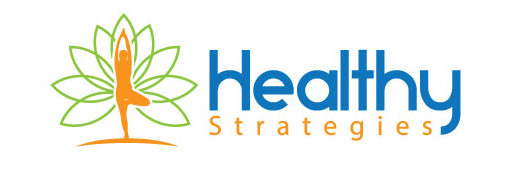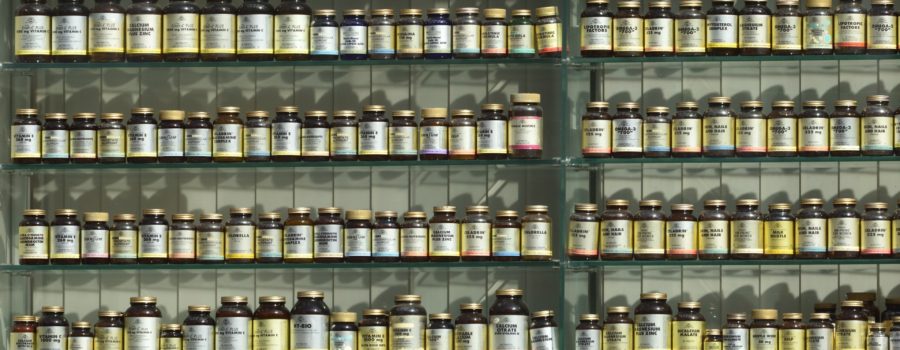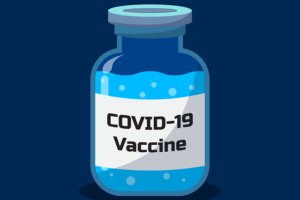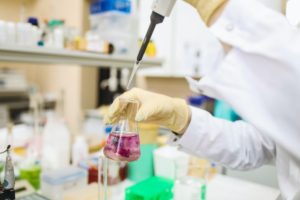Antioxidant Supplements
Antioxidant supplements have also anti-inflammatory benefits, that’s why they picked my interest. There is a lot of enthusiasm in antioxidants because of their anti-aging properties. When searching this topic, resveratrol is among the first coming up. It does have anti-inflammatory properties as well.
Ideally (and thus more expensive), it should derive from red grape skins. More often than not, it’s extracted from the root of Japanese knotweed (an invader). It appears listed as Polygonum cuspidatum or Fallopia japonica on supplement labels, even when the front label has grapes pictured on it.
Although cheaper to obtain from the Japanese knotweed, it may not have the same exact chemical structure as the same ingredient from grapes, grape juice, and wine. Moreover, resveratrol from supplements may change to a different chemical structure.
What we need is trans-resveratrol. Under UV exposure or if not completely protected from light, trans-resveratrol may turn into cis-resveratrol—not at all the same biologically. Another factor is that resveratrol from supplements, although it gets absorbed quite well, it rapidly gets metabolized.
This may be the reason why the animal studies that found positive effects for resveratrol, used daily doses of 400mg per kilogram of body weight, per day— equivalent to 1500 bottles of red wine.
Since I don’t drink wine because lately, for many wineries the fermentation and aging process takes place in bisphenol A (BPA) lined tanks. BPA is a strong foreign estrogen that worsens my migraines. I prefer to stick to eating red grapes. Red wines have a resveratrol content (per 5-oz glass) of 0.03-1.07 mg and 10 grams of fresh grape skins have 1 mg of resveratrol. Not bad of an exchange, I’ll take it.
Malbec and muscadine grapes—often called muscadine berries (because they are a wild fruit), have the most amounts. Maybe in their season for muscadine grapes I’ll take a trip to the Southern states known to have them. Muscadine juice is also available, but I didn’t try it yet.
One more detail that I personally can’t neglect at all, is the fact that resveratrol has a structure that resembles the estrogen molecule, and more intriguing, at some doses it is pro-estrogenic, while at others it’s anti-estrogenic. The doses for these opposite effects are not clear, but keeping that in mind, I don’t want to take chances. For me, eating dark red grapes (without spitting out their skin), may be better than capsules supplements.
I definitely don’t want more migraines or breast abnormalities. I had enough already and that’s why I eliminated all the estrogen-mimicking chemical products. That’s when I noticed tremendous benefits and I promise you they were not at all coincidences.
Pterostilbene may be another option, better than resveratrol. It’s a strong in the antioxidant supplements ranks and an anti-inflammatory compound. It’s found mostly in blueberries and other berries, grapes (although cannot be recovered from wine), grape leaves, and other sources. Supplements are available, and I’ll try the one Elysium Health produces. Although considered a cousin of Resveratrol, doesn’t seem to exhibit similar estrogenic activity. I may be better off with more blueberries or their powder, but I’ll can first try this supplement for a short time. 
Astaxanthin, another of the anti-inflammatory supplements I more recently learned about, is apparently a powerful antioxidant and currently, the star in this class. It’s an orange-reddish pigment (in a way similar to carotenes from carrots), produced by a water algae (Haematococcus pluvialis), that is responsible for the color of the species that feed on it (salmon, crab, lobster, shrimp), and …..flamingoes.
Beside the microalgae, it’s naturally synthesized by a number of bacteria and yeasts. The commercial astaxanthin is can be from Phaffia yeast, through chemical synthesis. More recently, Haematococcus algae seems a promising source.
Being fat-soluble is often mixed with Omega-3 or CoQ 10 in some supplements. It’s available on its own and I’m still debating about taking it or not, as I want to review more information. Not much is discussed about possible side-effects and interactions with other medications, as if yet.
Although a carotene-like pigment, it doesn’t interfere with vitamin A metabolism (therefore unlikely to cause liver damage). It can however, produce the skin discoloration (palms and soles), but this is just cosmetic. The same we see when eating lots of carrots and red peppers.
So far I came across two brands I will decide in between them. Intriguingly enough, one manufacturer obtains this supplements from these microalgae organically grown in Arava Desert and this is something else I need to review some more.
The touted benefits of astaxanthin as anti-inflammatory supplements are grand, ranging from reducing inflammation throughout the body, improving exercise endurance, improving immunity, vision, protecting skin from UV damage, and reducing the overall DNA damage with delaying the aging process.
Reading about the multiple radical benefits, I can’t help but smile that with enough astaxanthin, I may become another example of “The Curious Case of Benjamin Button.”
Again, the antioxidants from foods, entangled with other micro and macronutrients, can exert different effects compared to when taken as supplements.




